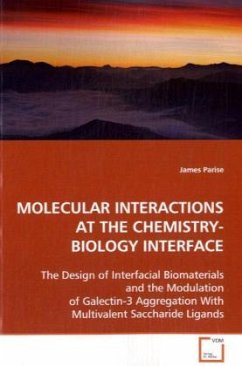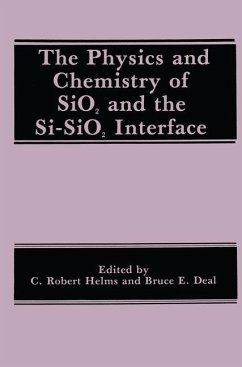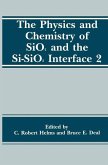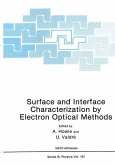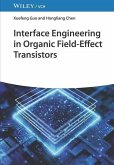Myriad biological processes are governed by chemical
reactions that occur on cell surfaces. In the first
part of this work, a novel approach to direct
biological processes that occur at the surface of
artificial materials is described. A multi-faceted
strategy has been developed to construct interfacial
biomaterials that mediate specific biological
processes via increased cellular adhesion to
medically-relevant materials. A phage display
selection strategy was developed to identify peptides
that show increased affinity for natural and
artificial substrates. In the second part, the
molecular basis of protein carbohydrate binding is
considered. Ligands displaying lactose epitopes were
constructed to investigate their aggregative
properties towards full length and truncated
galectin 3. ITC studies with full length protein
shows a greater than two fold enhancement in affinity
for the bivalent ligand compared to monovalent
ligand. This behavior demonstrates that
protein-protein interactions and aggregation are the
primary cause for affinity increases observed with
polyvalent saccharide ligands, and unambiguously
establishes a molecular basis for the cluster
glycoside effect.
reactions that occur on cell surfaces. In the first
part of this work, a novel approach to direct
biological processes that occur at the surface of
artificial materials is described. A multi-faceted
strategy has been developed to construct interfacial
biomaterials that mediate specific biological
processes via increased cellular adhesion to
medically-relevant materials. A phage display
selection strategy was developed to identify peptides
that show increased affinity for natural and
artificial substrates. In the second part, the
molecular basis of protein carbohydrate binding is
considered. Ligands displaying lactose epitopes were
constructed to investigate their aggregative
properties towards full length and truncated
galectin 3. ITC studies with full length protein
shows a greater than two fold enhancement in affinity
for the bivalent ligand compared to monovalent
ligand. This behavior demonstrates that
protein-protein interactions and aggregation are the
primary cause for affinity increases observed with
polyvalent saccharide ligands, and unambiguously
establishes a molecular basis for the cluster
glycoside effect.

